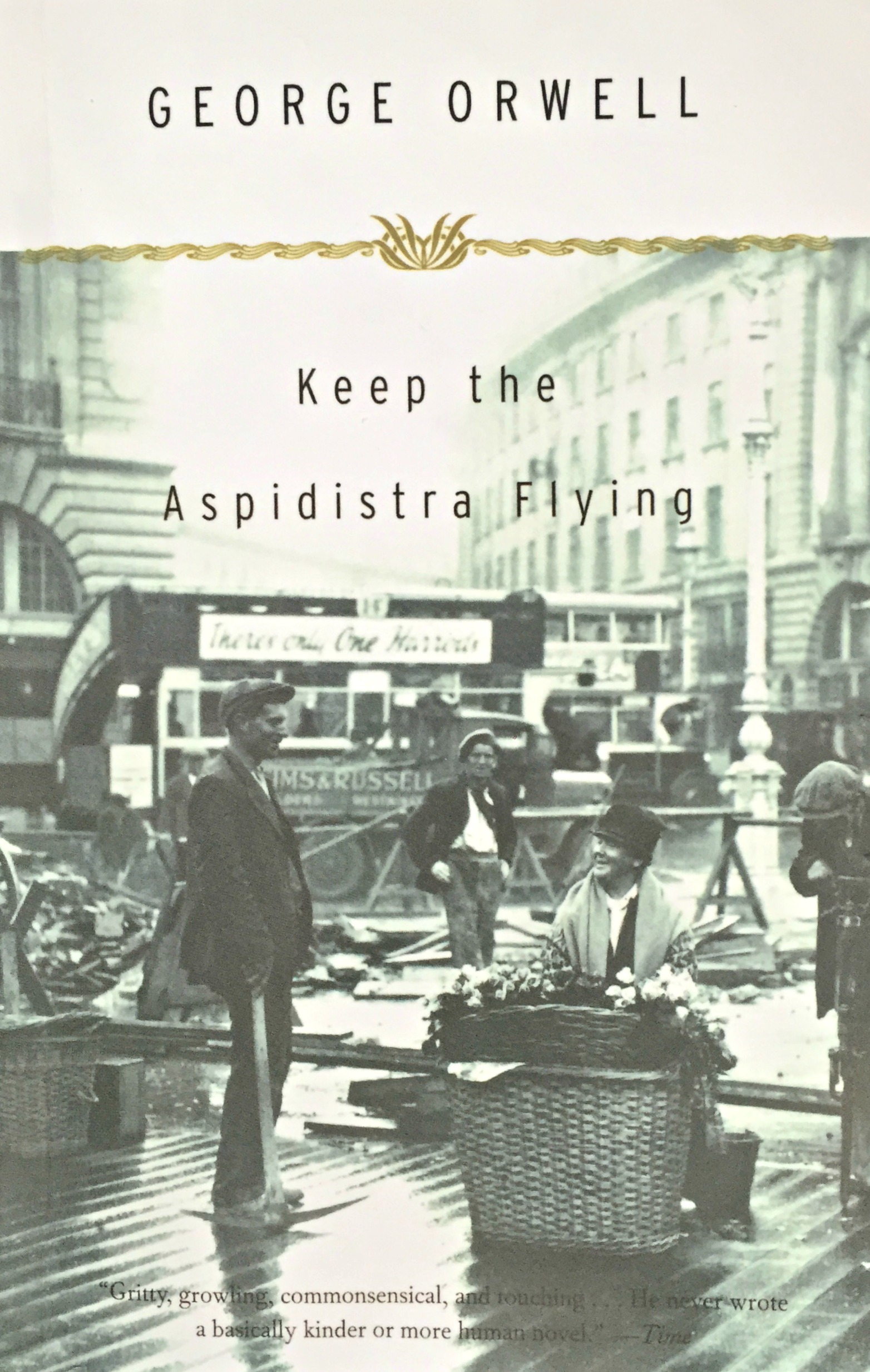



A key phrase was cut (and one that cannot be restored). Dell and Warwick Deeping as ‘garbage’ with the ‘synthetic garbage’ he refers to on page 4, line 2. What infuriated Orwell was that he was not allowed to link a description of the popular novels of Ethel M. After dealing with one series of objections, he wrote to his agent, Leonard Moore, with considerable bitterness, to say that had he been told these changes were required before type-setting began he would ‘have entirely rewritten the first chapter and modified several others… In general a passage of prose or even a whole chapter revolves round one or two key phrases, and to remove these, as was done in this case, knocks the whole thing to pieces.’ This letter was written on 24 February 1936, the day after Orwell’s descent into the Crippen pit, Wigan, about which he wrote with such feeling. Moreover, he had to do all this in a setting the grimness of which contrasted markedly with the bourgeois comforts that he was attacking as essentially worthless in the novel. He was upset partly because he objected to such in-house censorship, and at so late a stage, and partly because he had to make the changes, using the same number of letters in order that his text would not overrun. Orwell was required to make drastic changes at proof stage and this he strongly resented. It was only as the proofs started to come through in February that fears were aroused at Gollancz, who then referred the book to their solicitor. Orwell completed writing Keep the Aspidistra Flying by the beginning of 1936, and by the time he left London on 31 January 1936 for his journey north to gather material for The Road to Wigan Pier, he was under the impression that his text had been accepted. Despite the fact that there is only one relevant edition, and that Orwell corrected the proofs, preparing a text in line with what Orwell originally wrote presents difficulties, some insoluble.

It was not published again in Orwell’s lifetime, only appearing in Secker & Warburg’s Uniform Edition in 1954 and in America in December 1955, published by Harcourt, Brace. Three thousand copies were run off, of which 2,194 were sold most of the remainder were lost as the result of an air-raid. Keep the Aspidistra Flying was published by Gollancz on 20 April 1936.


 0 kommentar(er)
0 kommentar(er)
